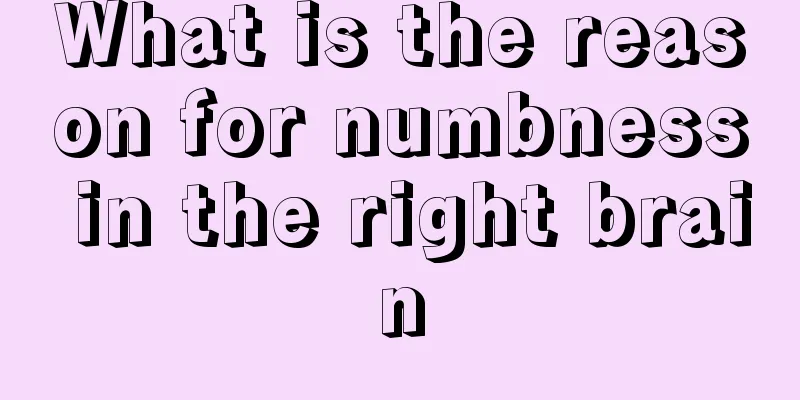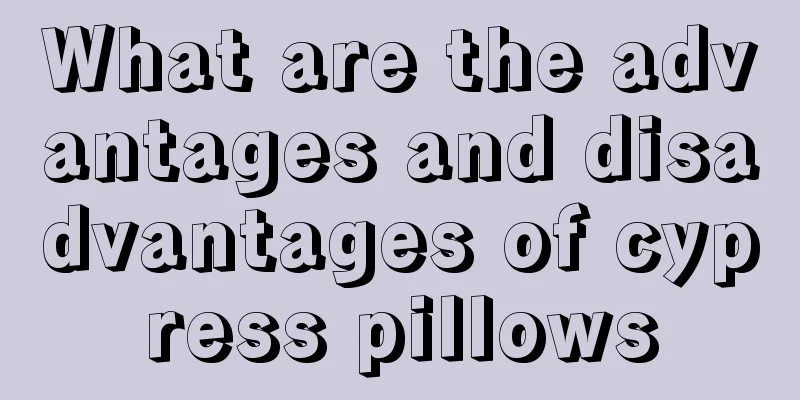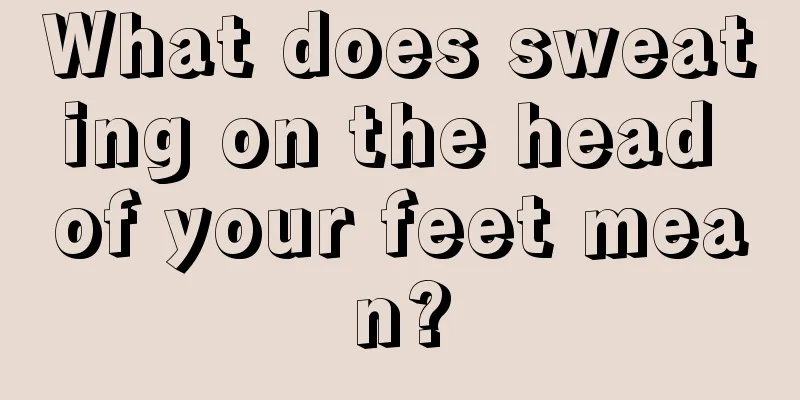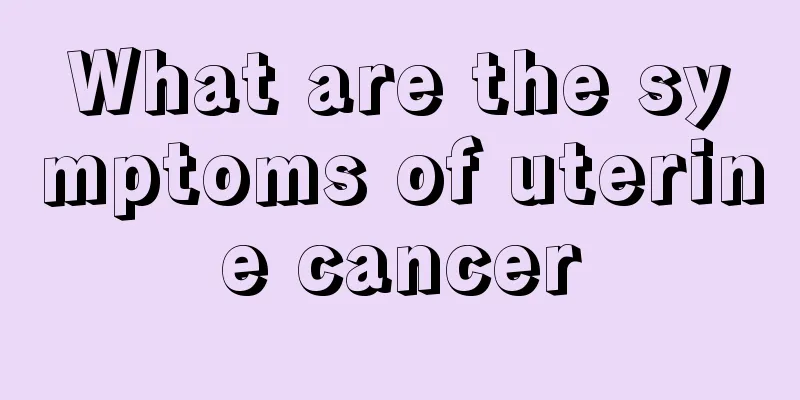Nasal septum plus ear cartilage rhinoplasty
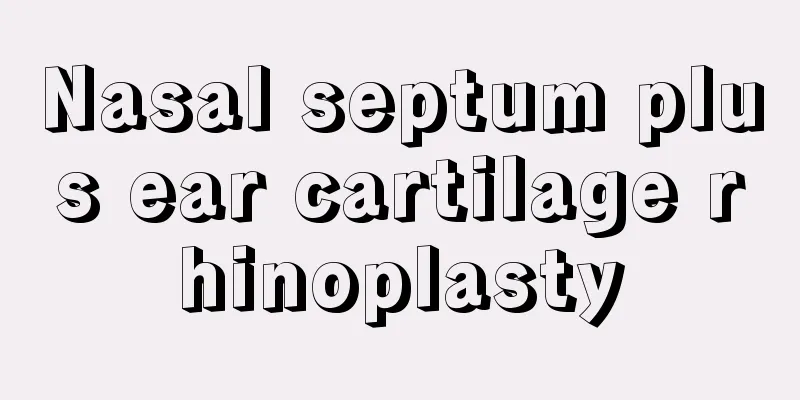
|
Most people will choose the method of prosthesis implantation when doing rhinoplasty, because the effect of this kind of rhinoplasty is more obvious. Some people will choose the method of self-fat rhinoplasty. In fact, adding a piece of cartilage to our nose has a better effect. It also has a certain shelf life. Especially after the operation, it is necessary to prevent inflammation. So, is rhinoplasty with nasal septum and ear cartilage useful? Septum Rhinoplasty Looking at the development of rhinoplasty materials, the most ideal and safest rhinoplasty material at present is the cartilage from one's own body, that is, autologous cartilage. Ear cartilage and nasal septum can only be used for nose tip plastic surgery due to limited bone resources. Ear cartilage can be used to lift the nose tip and increase the curvature of the nose tip; nasal septum cartilage is used to lift and lengthen the nose tip and columella; costal cartilage can be used to improve both the nose bridge and the nose tip due to limited bone resources. Septal cartilage rhinoplasty refers to a cosmetic surgery that uses autologous septal cartilage transplantation as rhinoplasty material. In traditional nasal cosmetic surgery, the choice of nasal tip support materials has always been a difficult problem to solve. The use of foreign body support creates a very difficult to resolve contradiction in terms of tension and appearance. Silicone and other prostheses are not suitable for everyone, especially those who are prone to allergies, so they should be more cautious. The use of autologous nasal septum cartilage transplantation can solve the problem of human immune response. Surgical Procedure Septal cartilage harvesting 1% dicaine plus a small amount of 0.1% epinephrine cotton pads were used for surface anesthesia of the nasal mucosa, and 200 mg of 2% lidocaine plus 5 drops of 0.1% epinephrine were used for infiltration anesthesia of the bilateral infraorbital foramina, subcutaneous tissue at the base of the nose and the edge of the piriform foramen. An inverted V-shaped incision is made, with the tip of the V 0.5 to 0.6 cm above the upper lip, involving part of the lip muscle, and the two arms extending upward to form an incision inside the edge of the nostril to the dome of the nose. From bottom to top, the columella is peeled off close to the front end of the septal cartilage to the nose tip and the upper inner part of the nose wing, and then lifted up to form the upper lip-columella-nose tip skin flap, so that the nasal cartilage structure can be directly observed. The nose is peeled upwards close to the surface of the lateral nasal cartilage to the junction of the cartilage and nasal bone, the nasal periosteum is incised, and the nasal bone is separated close to the nasal bone to prepare a deep, non-biased, and appropriately sized nasal dorsum tunnel. Depending on the situation, the perichondrium and periosteum on both sides of the septum are peeled off to form a lateral tunnel. Keep 1.5CM of nasal septum cartilage at the nasal dorsum and columella (to avoid collapsed nose deformity) and cut the middle and posterior septum cartilage. Use of nasal septum cartilage The nasal septum cartilage is a plate-like cartilage that divides the two nasal passages. By retaining a portion in the front and top and removing the entire portion at the back and bottom, the integrity of the nose shape can be maintained while obtaining the required material. Moreover, the material collection site is in the same surgical field as the rhinoplasty, so no separate operation is required. The removed transparent cartilage of the nasal septum can become a "part" to change the shape of the nose tip after a little processing in the hands of an experienced doctor. For example: the support rod graft, after being fixed in the columella, constitutes the "top beam" of the entire nasal cone, providing a force point when the entire nose tip is tilted; the nasal septum extension graft, after being fixed in front of the nasal septum, allows the nose tip to move forward and downward, solving the problems of "upturned nose" and "exposed nostrils"; the shield graft, fixed between the highest point of the nose tip and the upper end of the columella, allows the nose to have an "upturned nose tip" when viewed from the side, and a "pointed nose tip" when viewed from the front. There are dozens of similar graft "parts" that can be made from the nasal septum cartilage, which basically cover all the ugly nose tip shape adjustments. |
<<: Is autologous fat rhinoplasty permanent?
>>: How long does it take to get a hyaluronic acid rhinoplasty?
Recommend
Will having a fever help me lose weight?
Colds and fevers are very common diseases in norm...
What tests should be done for prostate cancer? There are 4 tests to be done for prostate cancer
Male friends are no strangers to prostate cancer,...
Is lung metastasis of nasopharyngeal carcinoma considered advanced?
Nasopharyngeal carcinoma is a malignant tumor. Ti...
How much do you know about osteosarcoma
How much do you know about osteosarcoma? Osteosar...
Surgical treatment of colorectal cancer
The surgical treatment of colorectal cancer can b...
What to do if the durian flesh is hard? How to deal with it
Some friends don’t actually know how to choose du...
How to treat spleen deficiency
The spleen is a relatively important organ for th...
What is the best way to relieve stomach discomfort and nausea?
Nowadays, many people often feel stomach discomfo...
Taboos of head scraping
Scraping the head is one of the more common scrap...
Early cure rate of melanoma
In life, if we unfortunately suffer from a certai...
What are the precautions for general anesthesia surgery?
During some surgeries, the body may be given gene...
What to do if the toilet smells particularly bad
Home is a warm harbor, but Ms. Liu, who lives in ...
Can I eat donkey-hide gelatin in autumn?
There are many kinds of supplements on the market...
Choose a hospital to treat rectal cancer
With the rapid speed of media communication, the ...
There are several possibilities for liver masses
If a lump appears in the liver, you must pay atte...
